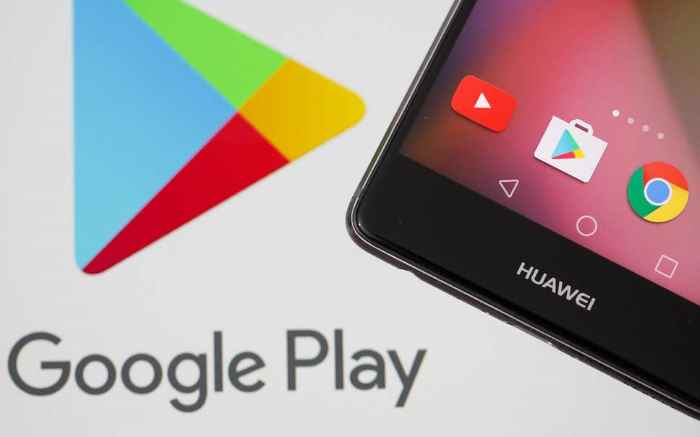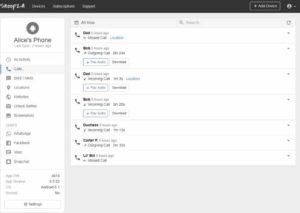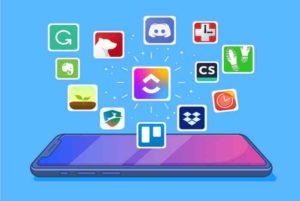Huawei Refraining From Using Google Apps on New Phones

Huawei is set to reveal their new smartphone, the Mate 30, September 19th, though consumers aren’t worried about the hardware of the phone as much as they’re worried about the software.
For the past year, Huawei entered the United States’ ‘Entity List’, the list of companies that businesses and government entities are required to avoid. Huawei has been suffering from this list as expected, but perhaps the biggest blow is the company’s licenses for Google products being revoked; no Google licensing means no Google apps and, more importantly, no Android.
Huawei received some leeway a few months ago when the U.S. government approved two “90-day reprieves” that allow Huawei to keep their Google licenses until November 19th. After that, Huawei is left to fend for themselves.
Well, sort of. It’s a bit complicated, so bear with me here as I go over Huawei’s unique situation.
Moving to an Open-Source Platform
I know what you’re thinking, “Android is already an open-source platform!” While true, there are differences between Android in most countries and Android in countries like China, the main difference being access to Google’s suite of apps such as Gmail or Chrome.
In countries where Google products are banned, a different version of Android is used; a version that is deemed ‘open-source’, due to the lack of control Google has. So yes, Huawei can use Android, but they aren’t allowed to use Google products. What about when it comes to the Google Play Store? Due to the lack of support for Google products, users have to download their own apps or app stores through APK installers. It’s not a difficult process, though some convenience is lost.
A Lack of Licensing
But wait, why would the Mate 30 not use a licensed version of Android if it’s releasing before the expiration date? Unfortunately for Huawei, the temporary reprieve only counts for existing Huawei devices; new releases like the aforementioned Mate 30 are disallowed from using Google products.
What I find strange about this situation is Huawei’s lack of HarmonyOS marketing.According to the company, the Mate 30 won’t be using their new OS, which is a bit odd, considering this phone would be the perfect time to show off what the OS is capable of.
In my opinion, Huawei missed a big opportunity to gain trust with their fanbase in regard to HarmonyOS. It’s like if Cisco released a new VPN router but never advertised the VPN features: it doesn’t make much sense.
A Lack of Confidence
Using an open-source version of Android isn’t bad by any stretch of the imagination, but not every consumer knows that. To the average consumer, who may buy a phone for the convenience it brings, having to download everything through a browser and jump through hoops for features every other smartphone manufacturer have by default seems ridiculous.
My point is that this move to use an open-source version of Android instead of Huawei’s own OS will instill a bad taste into the mouths of anyone participating in the Western market. Convenience defines what products pass the test of time (look at Firewire and USB), and Huawei is sacrificing convenience for a barebones Android experience.
Will Huawei go down? Of course not! Huawei still has their hands in many baskets, most notably their work on 5G networks. However, the company has gone from prominent up-and-comer in the Western market to a brand that instills distrust and fear into governments and citizens. Not all of that is their fault per se, but reputation is everything in today’s market, and Huawei just doesn’t have the same reputation as Samsung or Apple.
Maybe the Mate 30 will blow us away and make the downloading process simple and convenient, or maybe it will be a flop. Time will tell, and fortunately it’s only two weeks’ worth of time before we find out.







